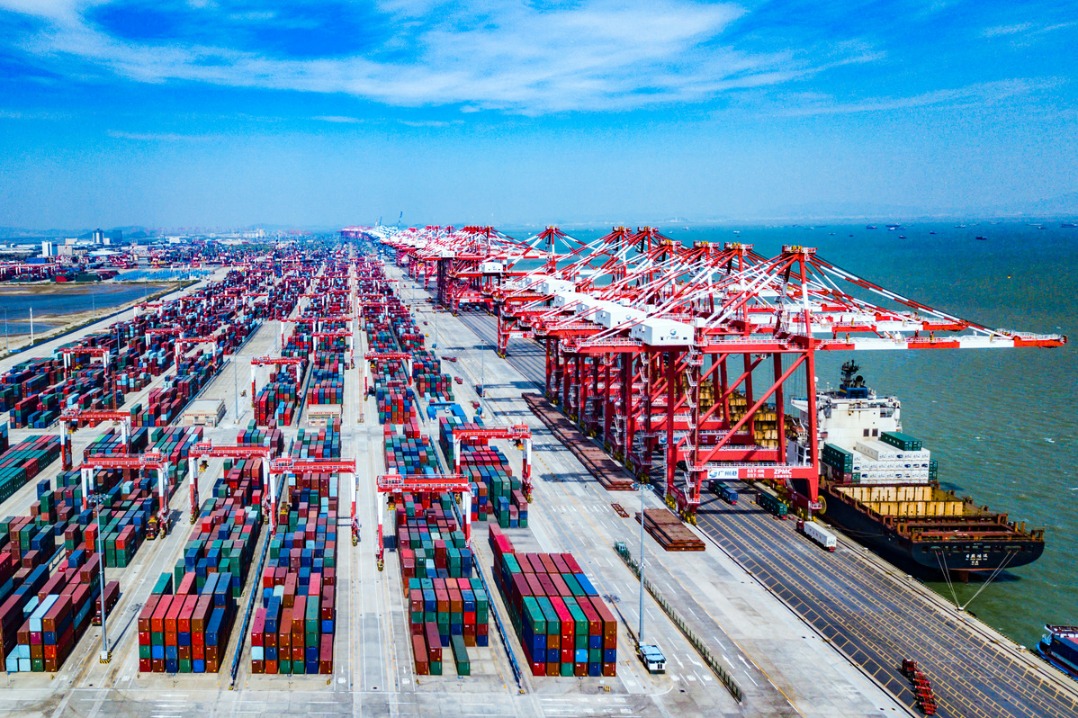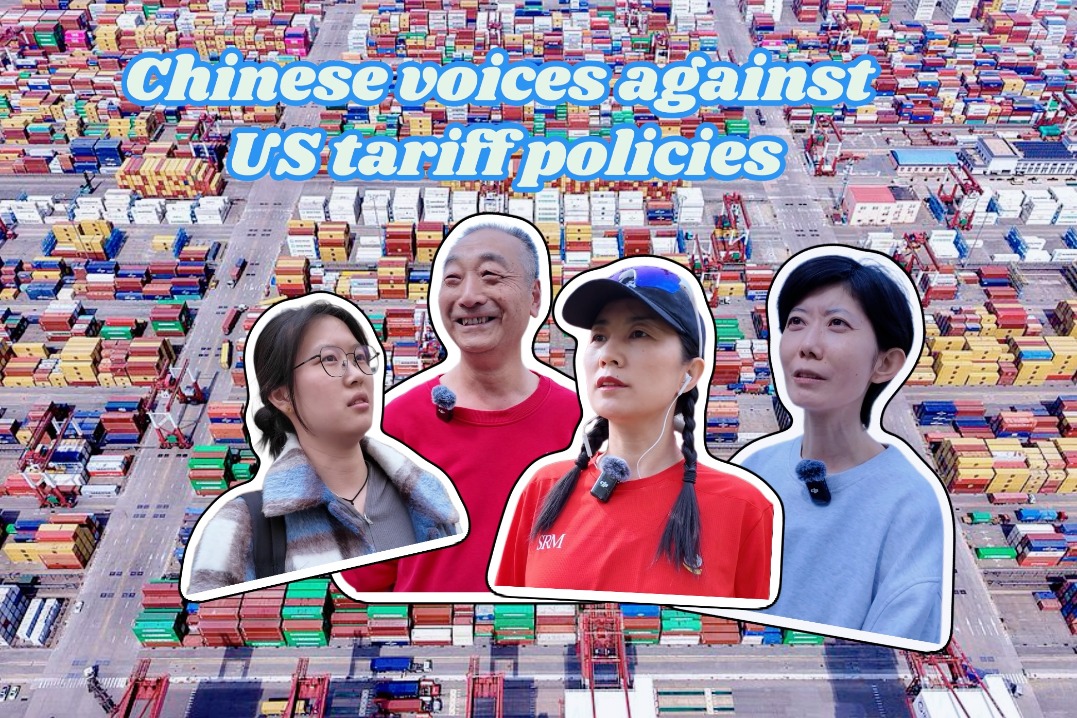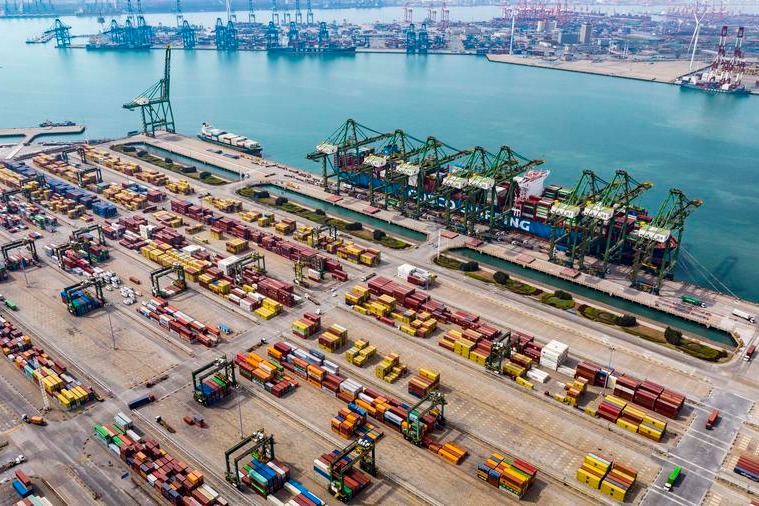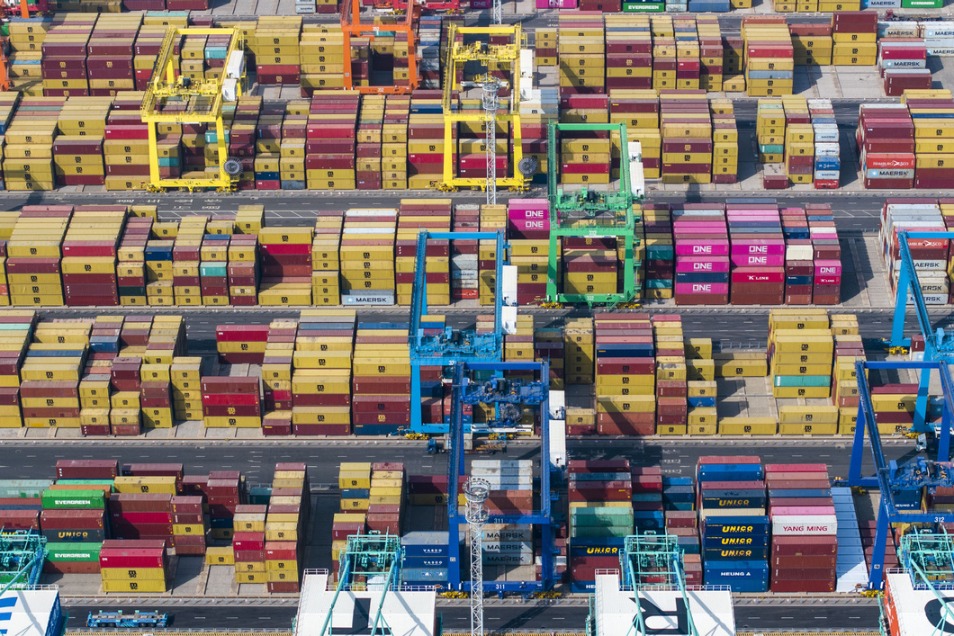Engineering a change of fortunes in Northeast China


CHANGCHUN, the capital of Northeast China's Jilin province, registered zero GDP growth in the first three quarters of this year. While the GDP of Harbin, the capital of Heilongjiang province, increased by 4.5 percent and Shenyang, the capital of Liaoning province, by 4.2 percent over the first three quarters, also remarkably lower than the national average GDP growth rate. However, Northeast China's economic decline is an unavoidable pain of economic transformation and upgrading. China Daily writer Wang Yiqing comments:
Many factors have contributed to the sharp decline of Northeast China's GDP growth. In recent years there were some bubbles in local GDP statistics due to non-uniform GDP calculation methods and local officials' blind pursuit of GDP growth for political performance. Many regions, including the three northeast provinces, voluntarily "squeezed the water out" of their GDP statistics because of the requirement for high quality development and national unified GDP calculations, which has produced a sharp decline in their GDP growth figures.
Meanwhile, population outflow, a serious aging problem and an unsatisfactory business environment in Northeast China have also worsened the local economic situation.
But the most important reason for Northeast China's economic decline is the transformation and upgrading of the China's economy. As China's old industrial base, Northeast China played a key role in the national economy after the founding of the People's Republic of China. But with a new industrial revolution underway, the traditional manufacturing industries and the extensive economic growth model of the past face great challenges.
The problems Northeast China faces are not unique, they are shared by a majority of the old resources-based industrial cities around the world, such as Detroit in the United States. To a large extent, the serious economic growth decline Northeast China experiences is an unavoidable pain from the country's upgrading to high quality development, with the pain aggravated by the global economic downturn and the trade frictions between China and the United States.
The first step to improving the situation is facing up to the problem. Northeast China should be given more time for this painful economic transformation and upgrading. The old industrial base is capable of actively improving the local economic situation and pursuing high quality development in the future, but it requires the central government to provide funds, support large-scale projects and build an investment friendly environment for all parties so new growth drivers can tap the advantages of the region.


































